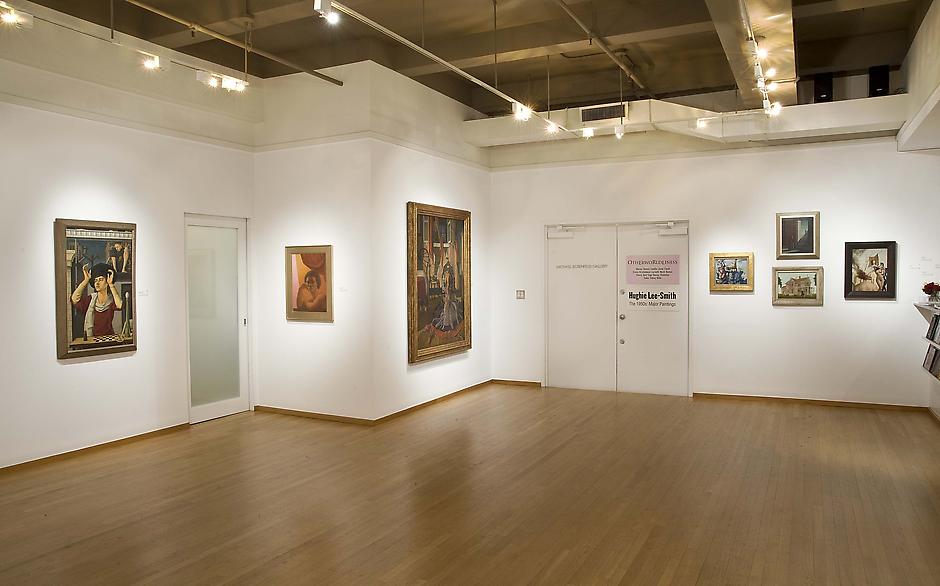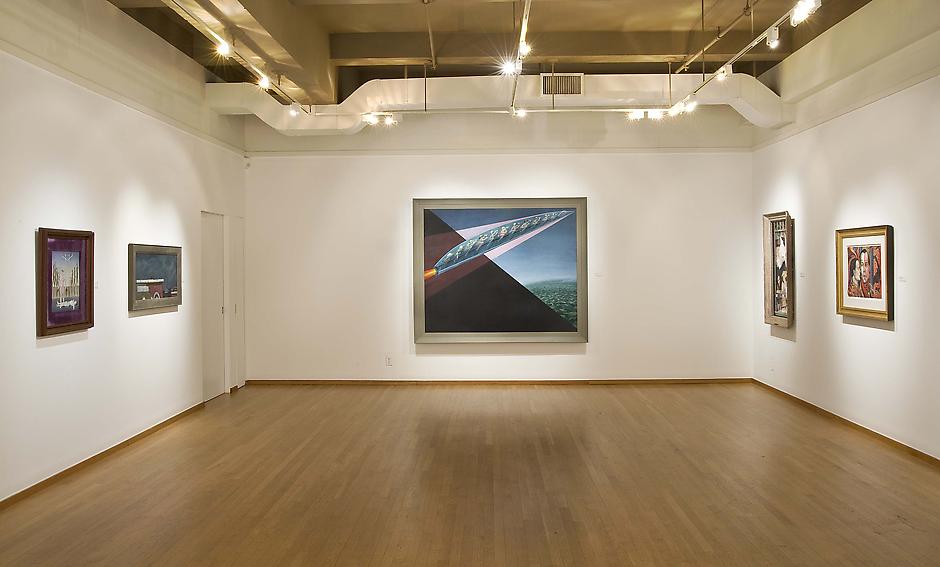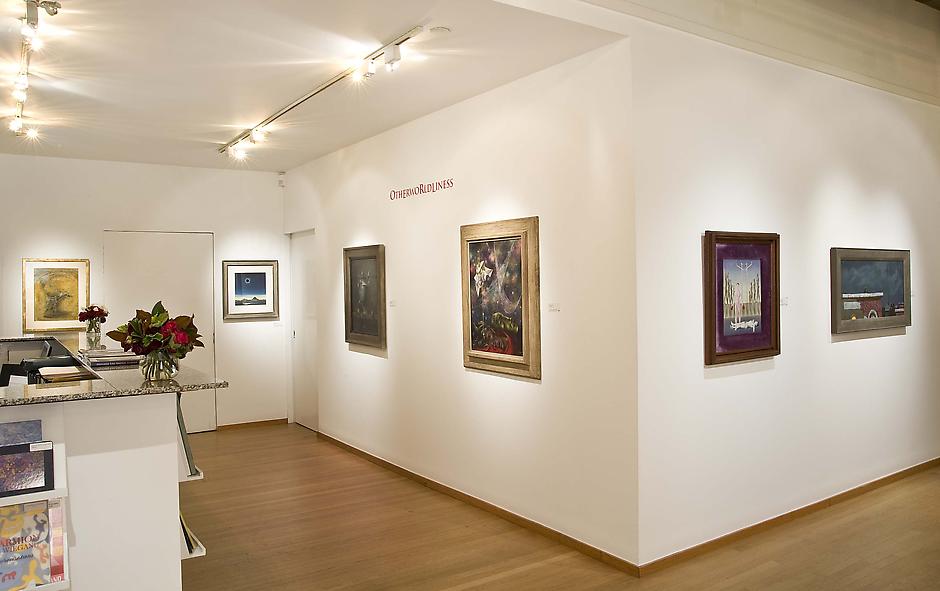(New York—October 26, 2011) Michael Rosenfeld Gallery is pleased to present Otherworldliness, an exhibition of surrealist and magic realist paintings on view from November 5 to December 23, 2011. Through paintings by eighteen American artists—including Eldzier Cortor, Alfonso Ossorio, Hughie Lee-Smith, Dorothea Tanning, Pavel Tchelitchew, and George Tooker—the exhibition reveals the continuities between the two styles as well as differences that enable them to be understood as distinct tracks in the trajectory of American modernism.
Surrealism and magic realism emerged in the early part of the last century and share a drive to convey the immaterial and intangible—feelings, unconscious stirrings, invisible worlds. As their names suggest, both styles were well aware of the limits of realist representation, particularly when faced with the task of portraying the trauma of the 1930s and 1940s. But while surrealists explored the realms of the unconscious, inventing new realities through painting, drawing, and sculpture, magic realists remained within the parameters of the existing world, re-ordering and re-presenting reality in order to make it strange. The landscapes of surrealism are inhabited by impossible creatures—human bodies that transform into flames, trees, or inanimate objects; biomorphic shapes; forms that meld together to create something new and often monstrous. Stylistically, surrealism tends toward freer forms and gestures that give the impression of spontaneity. Magic realism, on the other hand, is characterized by a more classical approach to style, method, and medium. The symmetrical, disciplined lines and flat tempera that give Renaissance paintings their orderly rationality are mobilized to convey a disturbingly familiar reality that is also alienating in its strangeness. Where surrealist paintings are often dynamic, giving us shapes and creatures in the process of mutation, magic realism is still—human beings are frozen as if on stage (as in Jared French’s Murder of 1942) or interrupted by the intruding presence of the viewer and waiting for us to leave (like the numerous nude women in John Wilde’s The Wildehouse of 1952).






